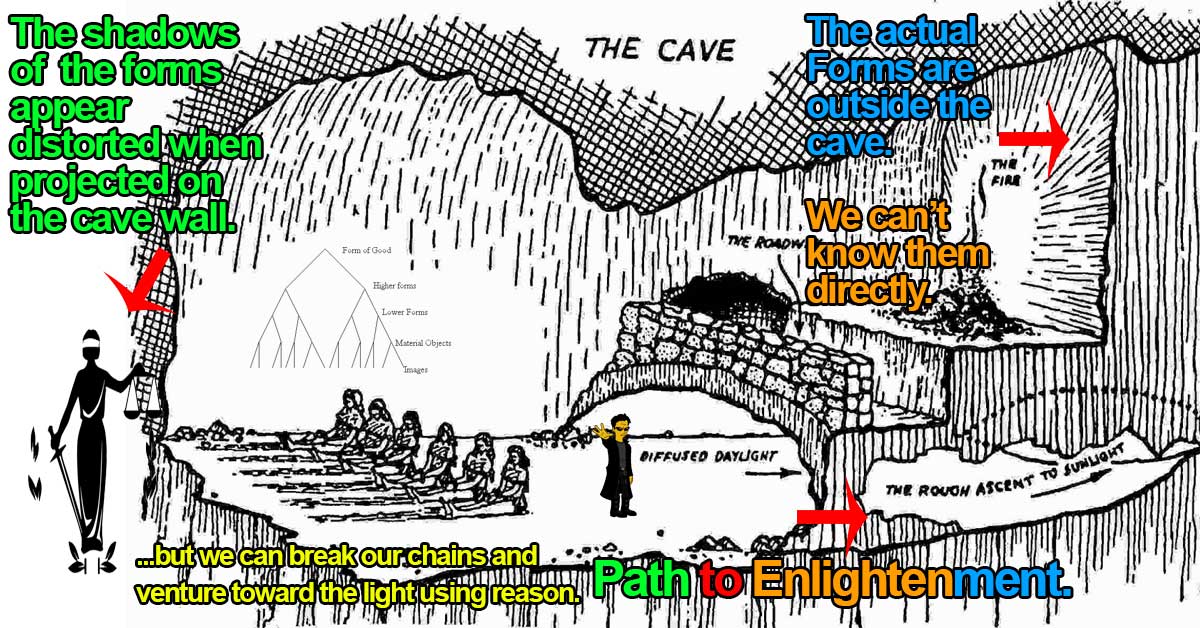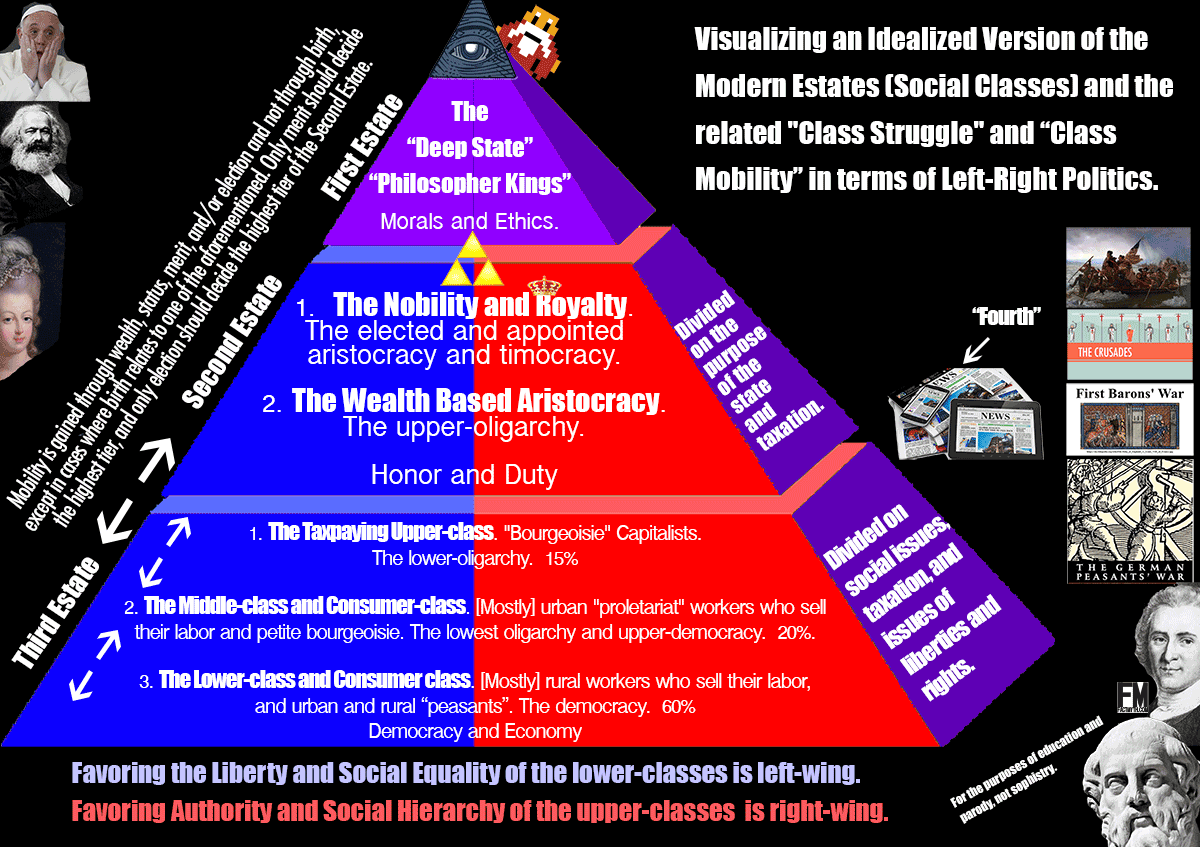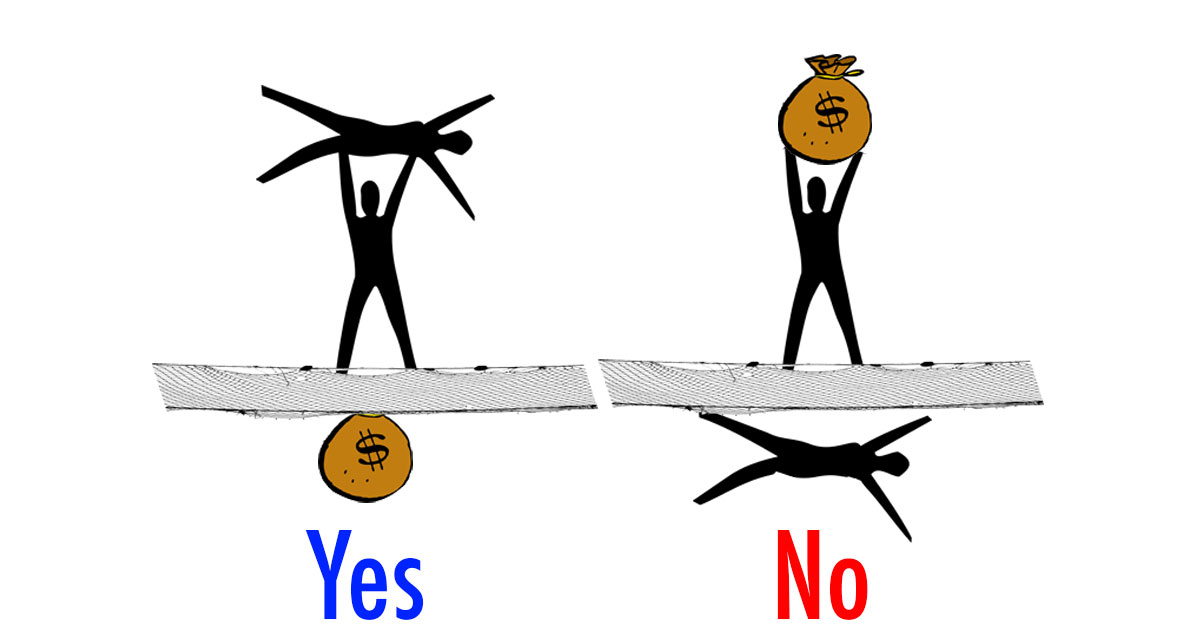Plato’s Allegory of the Cave and Theory of the Forms Explained

We explain Plato’s Allegory of the Cave and Plato’s Theory of the Forms to help readers understand the essence of Plato’s overarching theory.
This section contains references and supplemental content related to FactMyth.com such as how to’s, infographics, and other explainers. If its not a fact or myth specifically, it is in this catch-all section.

We explain Plato’s Allegory of the Cave and Plato’s Theory of the Forms to help readers understand the essence of Plato’s overarching theory.

The U.S. Bill of Rights expresses natural human rights with no economic implications, a Second Bill of Rights expresses rights “that ought to be” but have economic implications.

Identity Politics describes identifying with a concept, or being perceived as identifying with a concept, and the social and political implications of that.

We discuss theories that deal with the nature of abstractions and contradictions including, Dialectics and the Golden Mean theory, and offer a “synthesis” of these theories.

All nations have some sort of class system or class structure, generally based on wealth, birth, or status. We explain modern and historic social class systems and the general logic behind them to see to what extent they are natural and what extent they are convention.

I fact-check Dinesh D’Souza’s movie Hillary’s America: The Secret History of the Democratic Party.

The Social Safety net is a collection of welfare services meant to help people bounce up when they hit bottom, it is not meant as a net to trap the poor under.

Criminal virtue is a concept eluded to in Machiavelli’s the Prince. It describes calculated “criminal acts” that can help one get ahead in politics.

The New Deal Coalition and Conservative Coalition are two coalitions that are emblematic of both the 20th century party switches and the modern parties.

We explain the “vast-right wing conspiracy” (or right-wing strategy) that Hillary talked about in the 90s (and the left-wing equivalent).